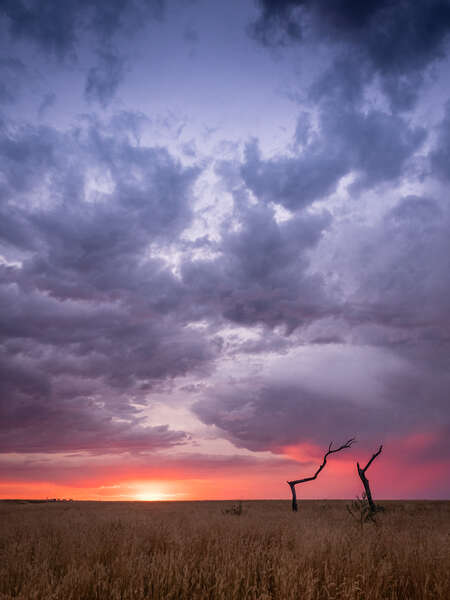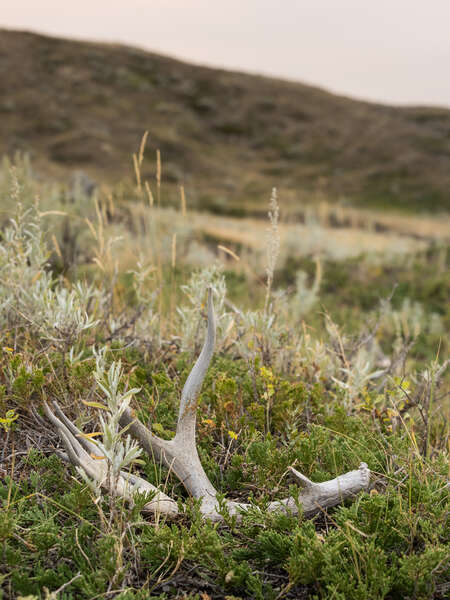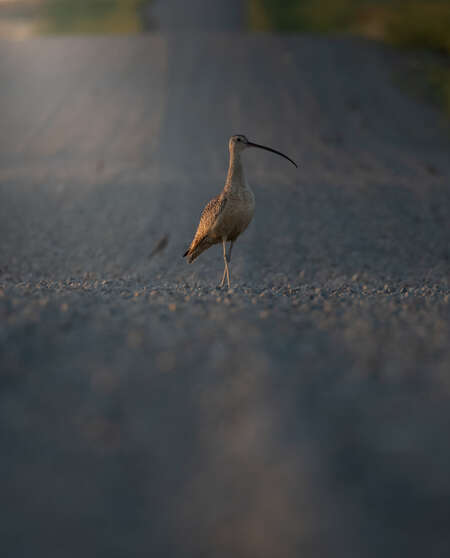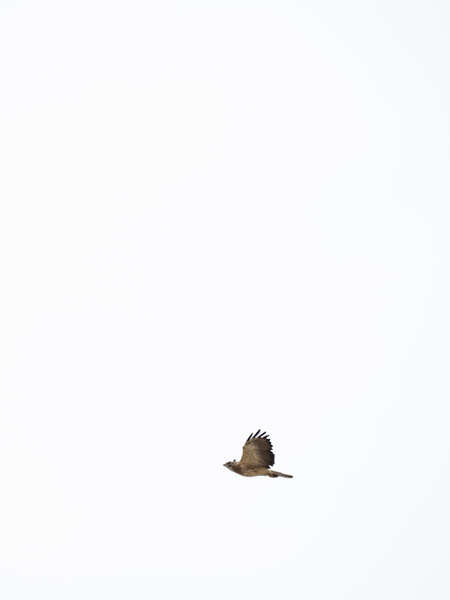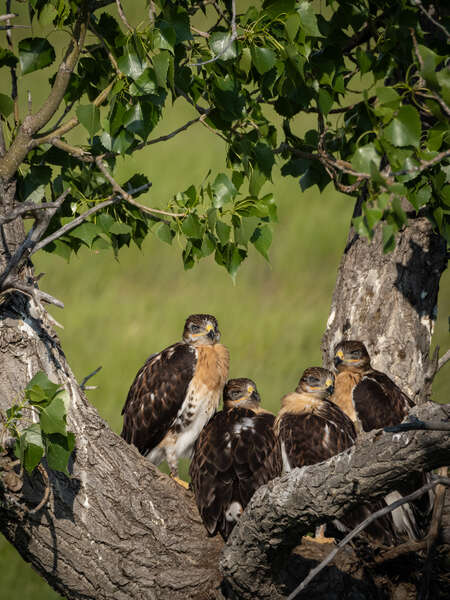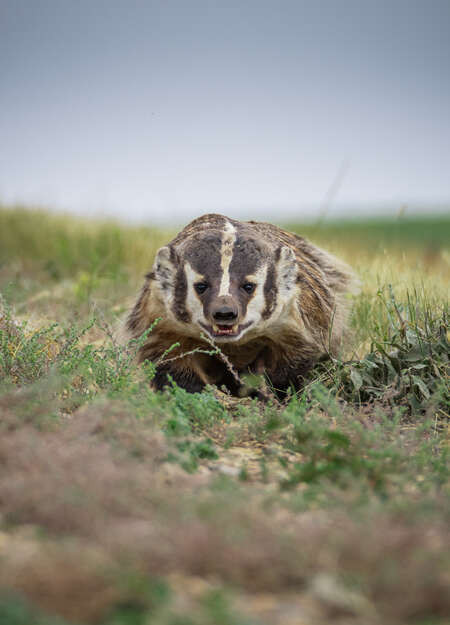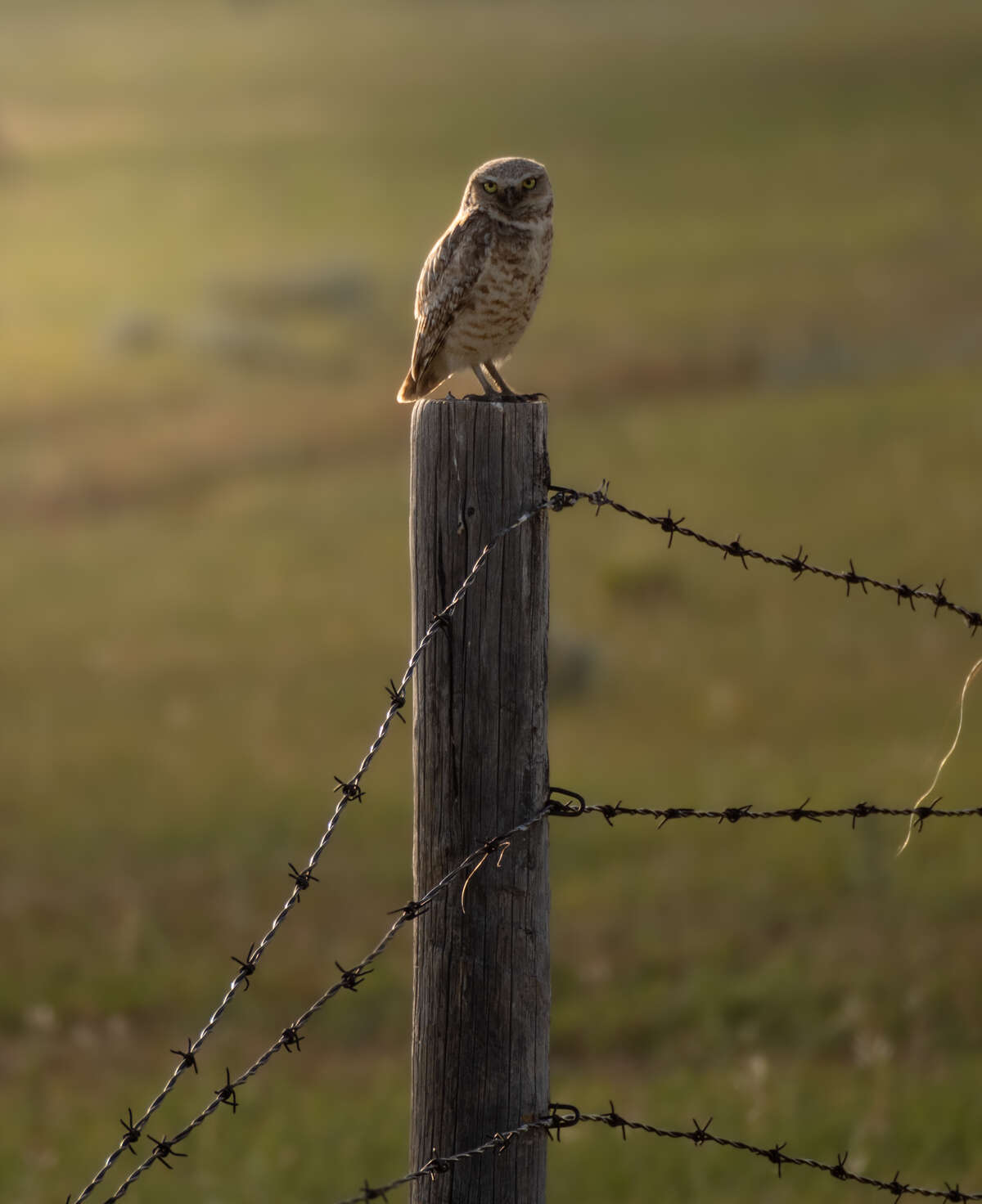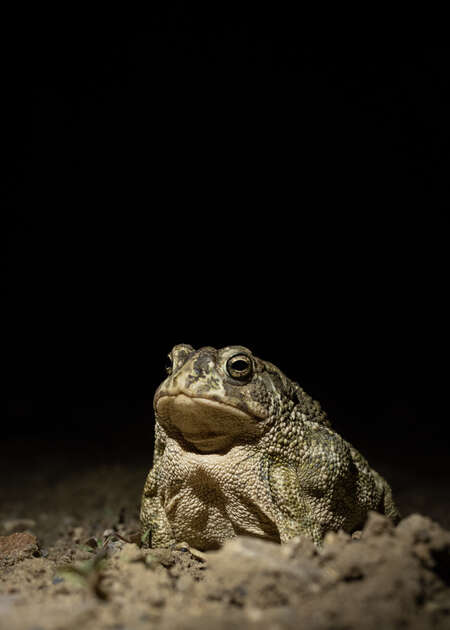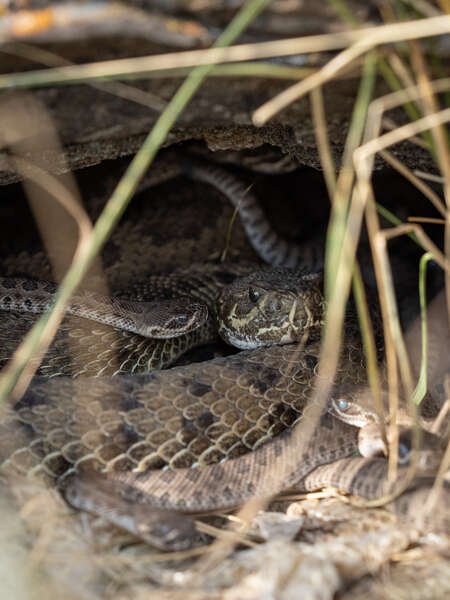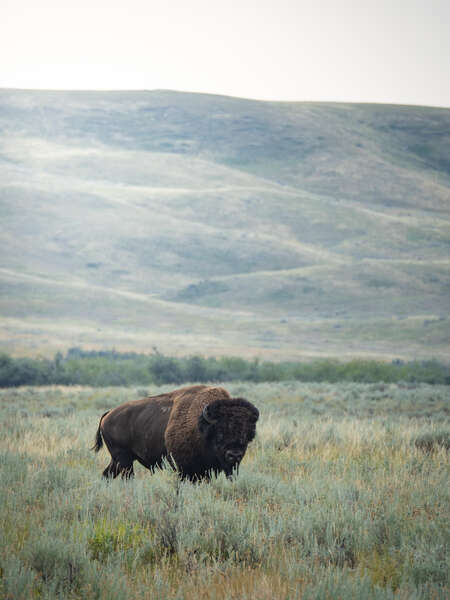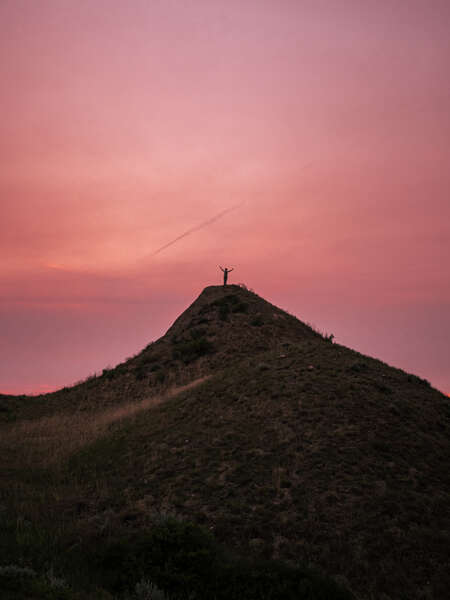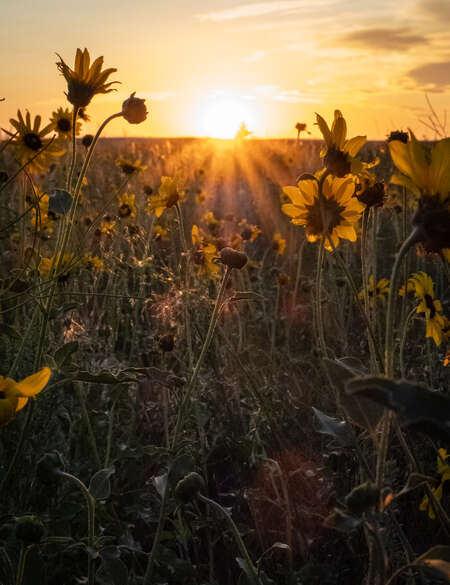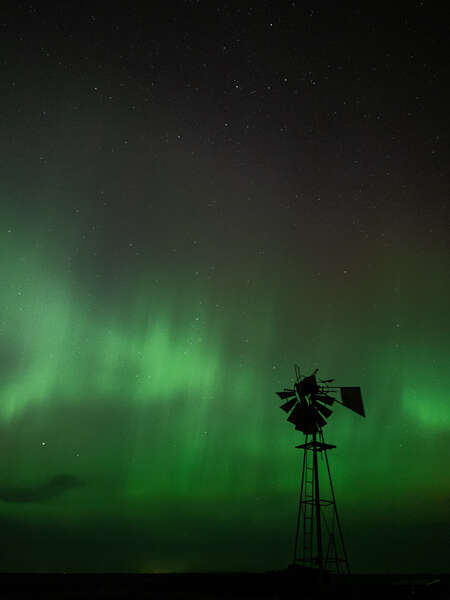The OM System Tell You Story Project came into my radar when a friend shared the competition with me on Instagram and encouraged me to apply. I was hesitant at first, unsure I had a story to tell. But then, it suddenly came to me… my passion for the Grasslands environment! I realized this would be the perfect opportunity to shed some light on this ecosystem that I love so deeply. Few people understand the magic found within the prairies – the numerous species at risk that call them home, the gorgeous prairie landscapes that are full of topography and character, and the amazing skies that stretch the entire horizon.
I was thrilled when I received the news that I was a winner! I was sent a beautiful OM5 camera and with the help of my mentor Brooke Bartleson, I selected and received two stunning lenses to help me capture the story of this oftentimes overlooked ecosystem.
Raptors are other avian wildlife that can be commonly observed soaring in the big prairie sky or perched on fence posts. The following series are photos of Swainson’s Hawk gliding in the sky, a Golden Eagle taking off from a perch, and Ferruginous Hawk fledglings awaiting Ma and Pa to hopefully return with a fresh hunt to share.
Other creatures that I was hoping to capture include the Swift Fox, but unfortunately the fox evaded me on my multiple attempts to search for it. They are a nocturnal species, and rare (threatened status) on the Canadian prairie. On the plus side though, during those days searching, I happily came across this eager American Badger which is another exciting prairie dweller.
Badgers often get a bad rap for their extensive digging and burrow excavation, thus have seen significant persecution over the years. What people seem to misunderstand is how good badgers are for the prairie ecosystem. Their digs help aerate the soil, and the burrows get utilized by other prairie wildlife, including the endangered burrowing owl, pictured below.
Reptiles and amphibians are not the most common encounters on the prairie, but back roads at night can sometimes increase your chances of spotting them. On such an occasion one evening, I noticed a small hopping creature in the middle of the road. Thankfully, I was cruising at a low speed and was able to stop to get out and identify it as a Great Plains Toad, a sensitive species that are endemic to Grassland ecosystems.
